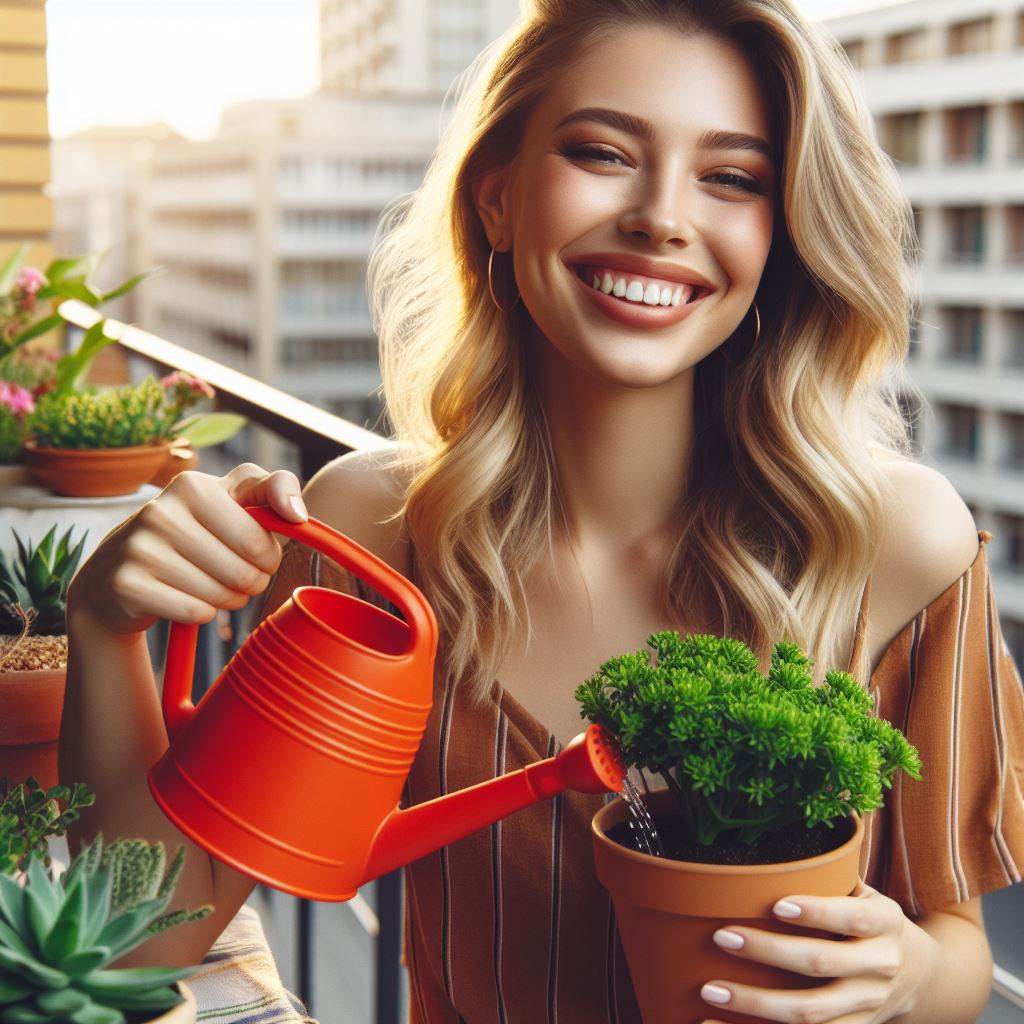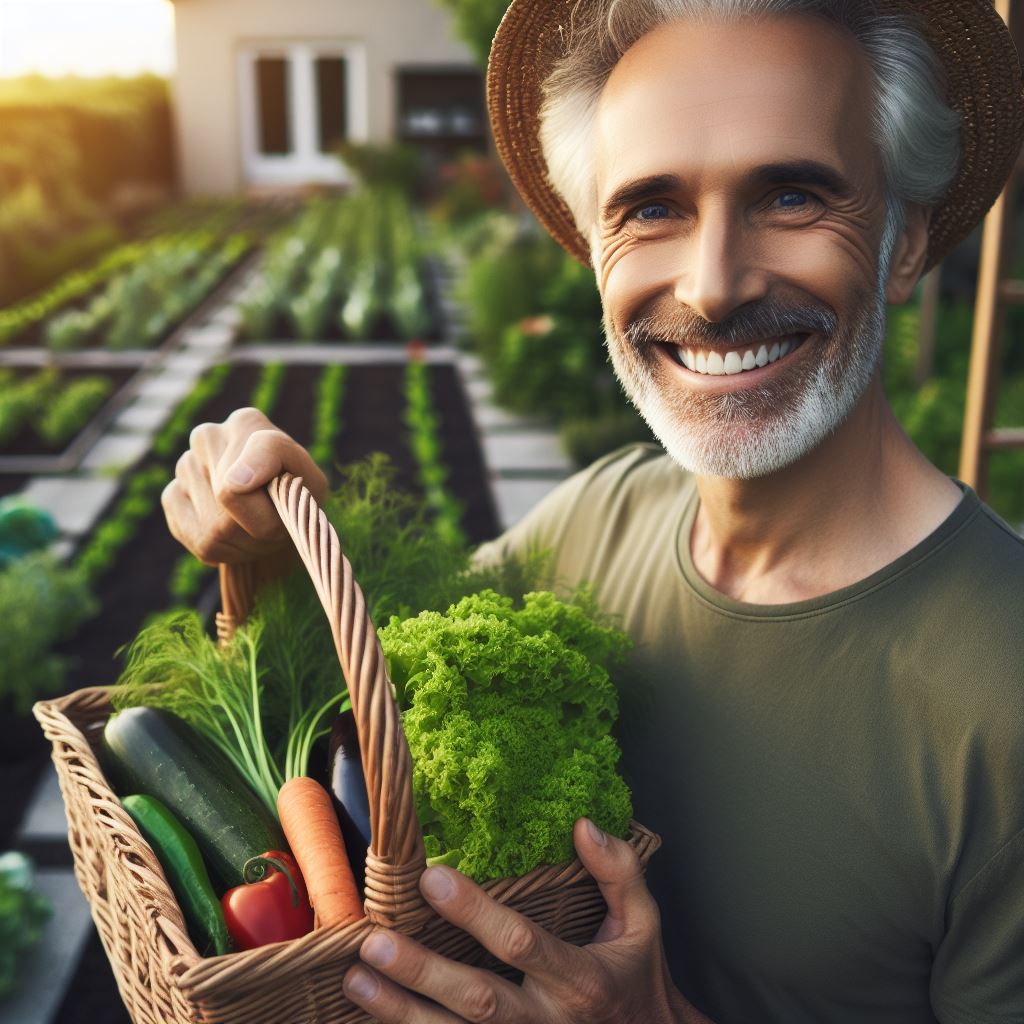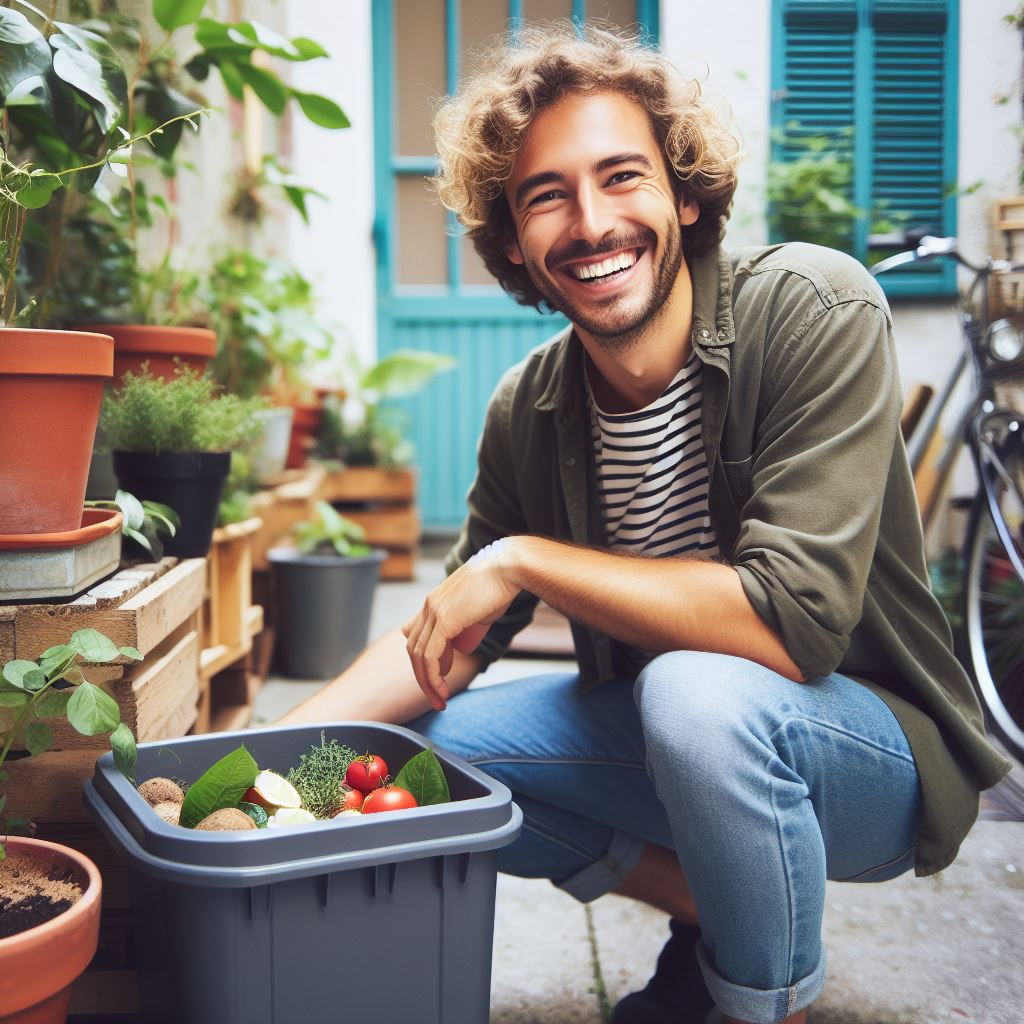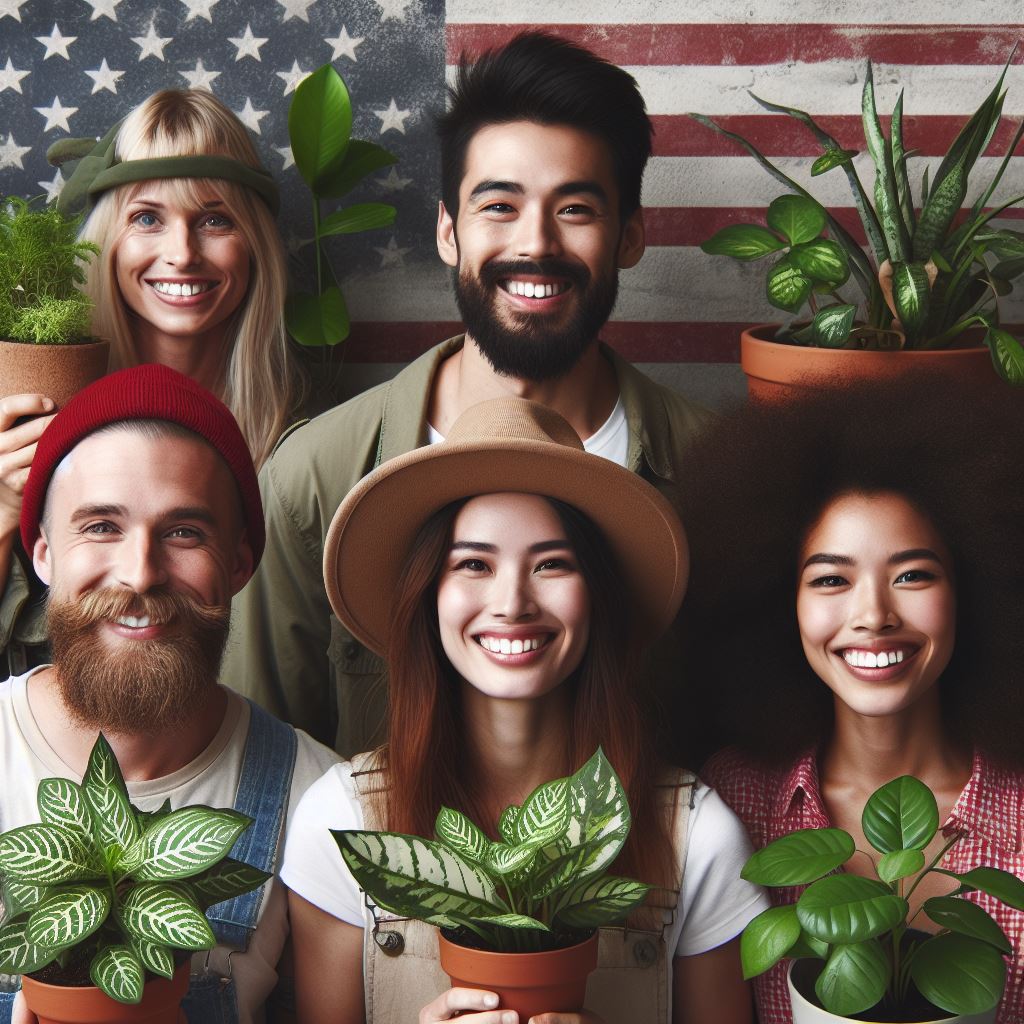Introduction
Container gardening, using pots or baskets, is popular for flexibility and space efficiency.
Water-wise irrigation is crucial for plant health and water conservation in containers.
- Container gardening, using pots or baskets, is popular for flexibility and space efficiency.
- Water-wise irrigation is crucial for plant health and water conservation in containers.
- Container plants solely rely on provided water, so efficient irrigation is vital.
- Understanding each plant’s water needs is essential for proper water-wise irrigation.
- Some plants may need daily watering, while others require soil dryness before watering.
- Drip irrigation systems are effective, delivering water directly to the plant’s root zone.
- Drip irrigation minimizes water loss through evaporation and run-off, ensuring efficiency.
- Precise control over water quantities with drip irrigation prevents wastage.
- Mulching improves water conservation by retaining moisture and reducing evaporation.
- Mulch also controls weed growth and acts as an insulating barrier for soil temperature stability.
In summary, efficient water-wise irrigation is vital for container gardens, ensuring plant health and water conservation.
Understanding plant-specific watering needs, implementing drip irrigation, and using mulch are key practices for water efficiency in container gardening.
Adopting these techniques allows gardeners to enjoy the benefits of container gardening while conserving water resources.
Read: Container Veggies: Grow Big in Small Spaces
Understanding Container Garden Irrigation
A. Different types of container gardens
Container gardens come in various forms, including hanging baskets, window boxes, and potted plants.
Each type requires specific irrigation methods to ensure proper water distribution and plant health.
B. Factors affecting water needs in container gardens
Several factors influence the water requirements of plants in container gardens.
The size of the container, plant species, temperature, humidity, and sun exposure all play a role.
C. Benefits of using water-wise irrigation techniques
Implementing water-wise irrigation techniques provides several advantages for container gardens.
- Conservation of water resources: Water-wise techniques minimize wastage and maximize water utilization.
- Cost-effectiveness: By using water efficiently, gardeners can reduce their water bills and save money in the long run.
- Environmental sustainability: Conserving water contributes to a greener environment by reducing water consumption.
- Improved plant health: Proper irrigation techniques promote healthier root systems and overall plant growth.
- Time-saving: With efficient irrigation systems, gardeners can spend less time watering and more time enjoying their gardens.
- Disease prevention: Overwatering can lead to root rot and other plant diseases, but water-wise irrigation reduces this risk.
Read: Patio Farming 101: Easy Container Crops
Water-Wise Irrigation Methods for Container Gardens
A. Drip Irrigation Systems
- Drip irrigation works by delivering water directly to the plant’s root system through a network of tubes with small emitters placed near the plants.
- The advantages of using drip irrigation include water conservation, reduced weed growth, and prevention of disease by keeping foliage dry. However, it can be more expensive to install.
- To install and maintain drip irrigation systems in container gardens, ensure proper placement of emitters near the plants, regularly check for clogs, and adjust the flow rate as needed.
B. Self-Watering Containers
- Self-watering containers feature a reservoir that holds water, which is then absorbed by the plant as needed, reducing the frequency of manual watering.
- Using self-watering containers provides several benefits, such as preventing overwatering, maintaining consistent moisture levels, and reducing the risk of underwatering.
- For effective use and maintenance of self-watering containers, regularly check the water level in the reservoir, clean the container to prevent clogs, and adjust the watering frequency based on plant needs.
C. Watering Techniques for Different Types of Container Gardens
- Thoroughly water small containers, preventing waterlogging, and ensure excess water drains.
- Water larger containers slowly, promoting deep soil penetration for the entire root system.
- Research optimal watering techniques for vegetables, herbs, and flowers to avoid over or underwatering.
- Implement water-wise methods in container gardening, such as drip systems and self-watering containers.
- Drip irrigation delivers water directly to plant roots, conserving water and preventing disease and weed growth.
- Ensure proper installation of drip systems by placing emitters near plants, checking for clogs, and adjusting flow rates.
- Self-watering containers, with built-in reservoirs, reduce manual watering and prevent overwatering.
- Regularly monitor water levels, clean containers to prevent clogs, and adjust watering frequency based on plant needs.
- Different plants in container gardens have varying watering requirements; research and understand them.
- Thoroughly water small containers to reach the root ball, ensuring proper drainage and avoiding overwatering.
- Slowly water larger containers, promoting healthier and more robust plant growth with deep soil penetration.
- Implement water-wise irrigation with methods like drip systems and self-watering containers for conservation.
- Drip irrigation conserves water, prevents disease, and reduces weed growth, requiring proper installation.
- Self-watering containers reduce manual watering, prevent overwatering, and maintain consistent moisture levels.
- Monitor water levels, clean containers, and adjust watering frequency for optimal plant health in container gardens.
Read: Tiny Farming: Maximize Your Balcony’s Yield
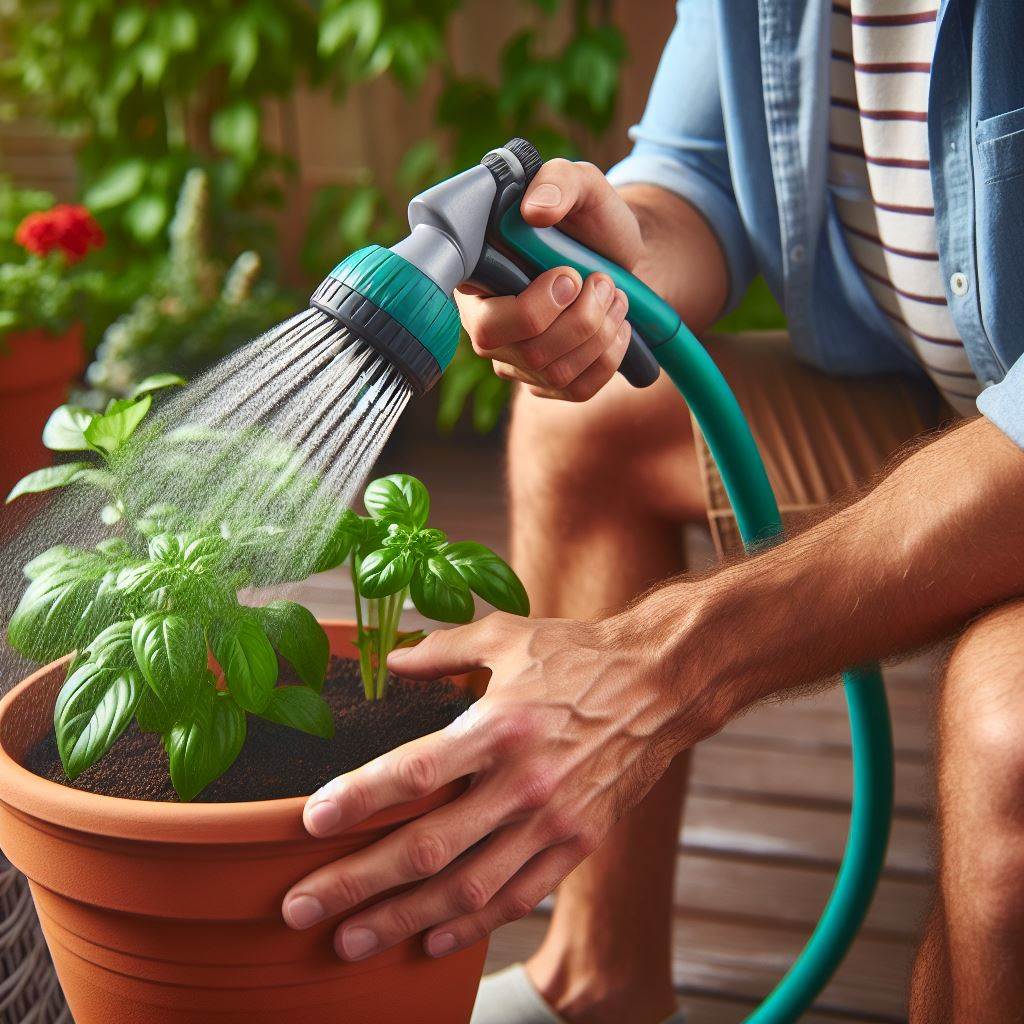
Find Out More: Gardening in Drought: Survival Tips
Additional Tips for Water-Wise Container Garden Irrigation
A. Importance of using proper soil composition
- Choose a lightweight potting mix that retains moisture but also drains well.
- Avoid heavy or compacted soils that can cause waterlogging and root rot.
- Look for soil mixes that contain organic matter, such as compost, to improve water retention.
- Ensure the soil composition is suitable for the specific plants you’re growing in containers.
B. Mulching techniques to prevent water loss
- Apply a layer of organic mulch, such as wood chips or straw, on top of the soil.
- Mulching helps to conserve moisture by reducing evaporation and suppressing weed growth.
- Make sure to leave a small space around the base of the plant to prevent rot.
- Replenish the mulch periodically to maintain its effectiveness.
C. Monitoring the moisture level in the containers
- Use a moisture meter or your finger to regularly check the moisture level in the soil.
- Water the containers when the top inch of soil feels dry, but before it becomes completely parched.
- Avoid overwatering, as it can lead to root rot and other plant health issues.
- Different plants have different water requirements, so adjust watering frequency accordingly.
D. Adjusting irrigation practices based on weather conditions
- Pay attention to weather forecasts and adjust your watering schedule accordingly.
- Water less during periods of rainfall or high humidity to prevent overwatering.
- Increase watering frequency during hot and dry spells to meet the plants’ increased water needs.
- Consider using a timer or automated irrigation system to ensure consistent watering.
By following these additional tips, you can enhance your water-wise container garden irrigation and promote healthy plant growth.
Transform Your Agribusiness
Unlock your farm's potential with expert advice tailored to your needs. Get actionable steps that drive real results.
Get StartedRemember to select the right soil composition, utilize mulching techniques, monitor moisture levels, and adjust irrigation based on weather conditions.
Read: Winter Organic Gardening: Cold-Weather Tips
Find Out More: Grow Herbs Indoors: Small Space, Big Yields
Conclusion
A. Recap of the Importance of Water-Wise Container Garden Irrigation
Thorough watering in small containers prevents waterlogging and ensures root ball saturation.
Slow watering for larger containers promotes deep soil penetration, benefiting the entire root system.
Researching specific plants’ watering needs, such as vegetables, herbs, and flowers, avoids over or underwatering.
B. Encouragement to Implement Discussed Techniques
Implement water-wise methods like drip systems and self-watering containers for efficient irrigation.
Consider drip irrigation, conserving water by directly targeting plant roots and preventing disease and weed growth.
Explore self-watering containers with built-in reservoirs to reduce manual watering, preventing both over and underwatering.
C. Final Thoughts or Call-to-Action
Share your water-wise container gardening experiences or inquire about techniques for a thriving garden.
Let’s collectively contribute to sustainable gardening practices. Your questions and insights are invaluable!

